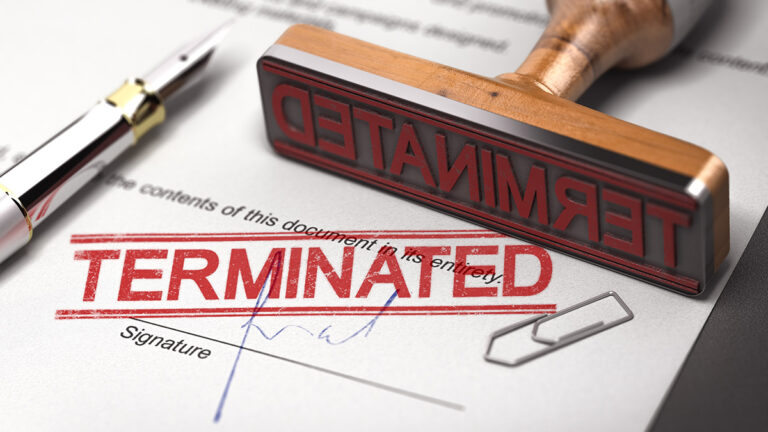The Dirty Little Secrets of Tech
From the depths of the dark web to the highest echelons of power, the tech world is full of deceit, manipulation, and outright lies. This week, we’re shining a spotlight on the most shocking, most surprising, and most downright disturbing stories to hit the tech headlines.
A Jaguar’s Deadly Bite
The 2024 Wildlife Photographer of the Year competition has just been announced, and this year’s winner is a real bloodbath. Ian Ford’s gruesome photo of a jaguar attacking a caiman in Brazil has won the top prize, and we have to ask: what exactly is going on in the Amazon? Is this a sign of a impending collapse of the ecosystem, or just the animal kingdom’s version of a dog-eat-dog world? One thing’s for sure: this is one photo that will haunt you forever.
The AI Apocalypse is Coming
Researchers have been warning us for years about the dangers of Artificial Intelligence, and now it seems those warnings are coming true. A recent study has revealed that AI is able to decipher ancient Roman scrolls – and we’re not just talking about just any old scrolls, but ones that have been carbonized by Vesuvius for nearly 2,000 years. What does this mean? Essentially, it means that AI is now capable of stealing our secrets, our history, and our very identities. Is this the end of humanity as we know it? Time will tell.
RFID Cards: The Ultimate Security Risk?
Imagine a world where anyone can clone your contactless smart card, giving them access to your office, hotel room, or even your home. This is the reality we’re faced with thanks to a recent discovery in RFID cards. Researchers have uncovered a backdoor in millions of cards that could be exploited to clone them at will. Is this the next big security threat? We can’t believe it’s come to this.
And that’s just the tip of the iceberg. This week, we’re exploring the seedy underbelly of the tech world, where the lines between good and evil are blurred and the stakes are higher than ever. Stay tuned for more shocking revelations from the world of tech.










